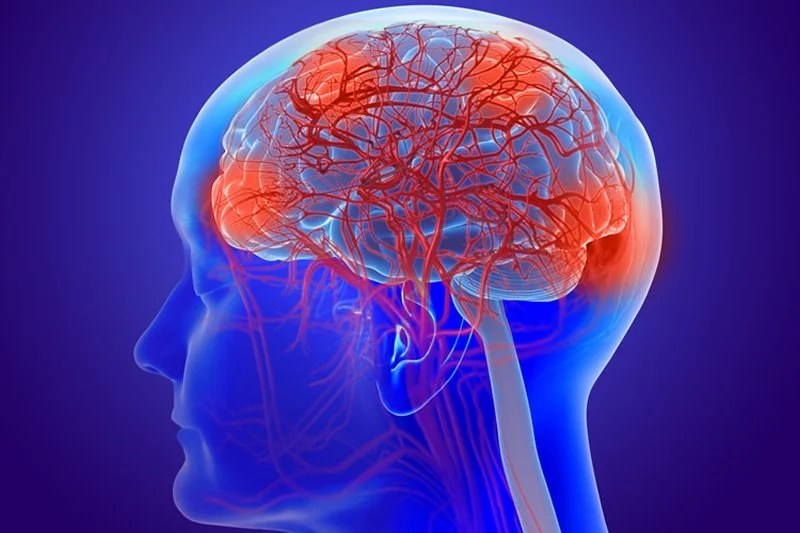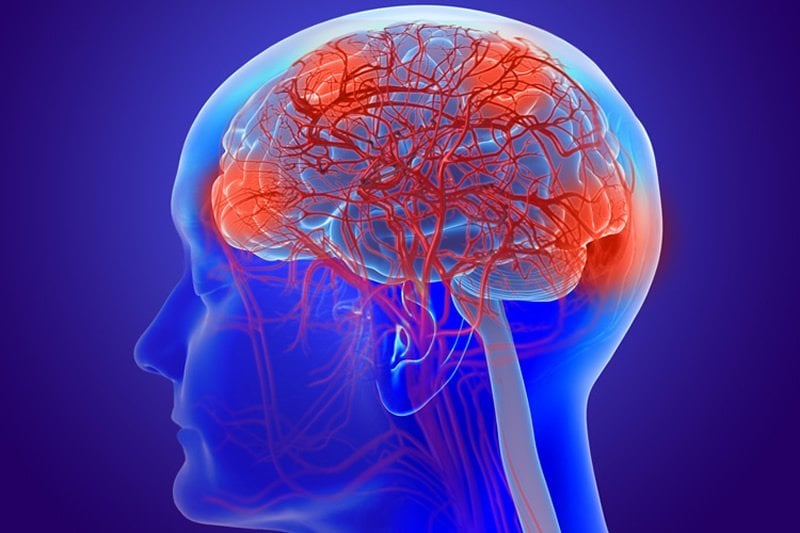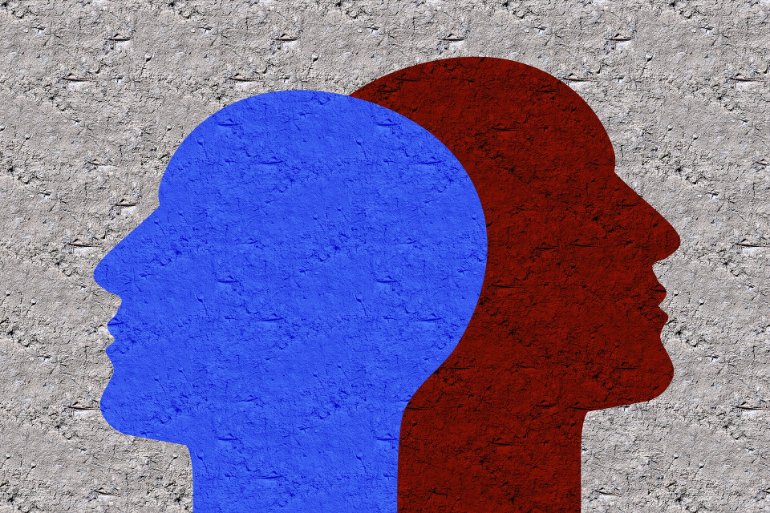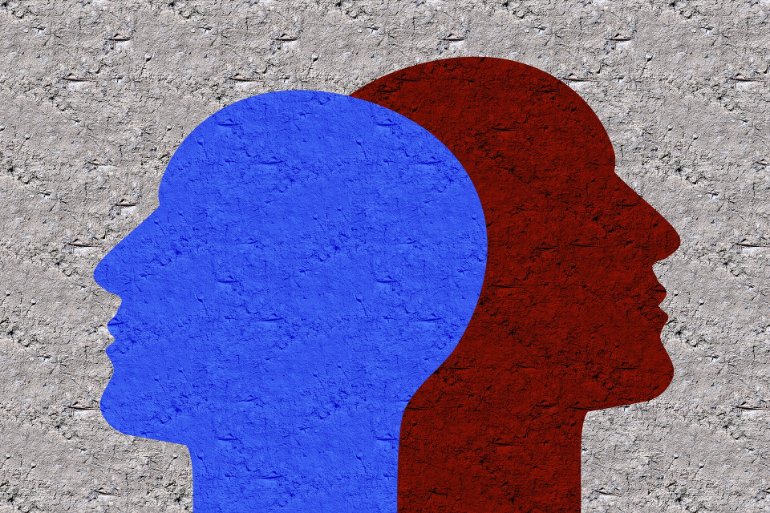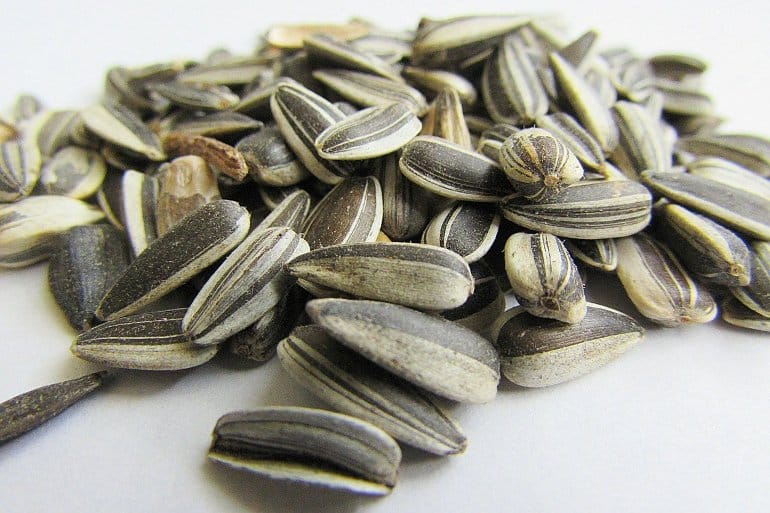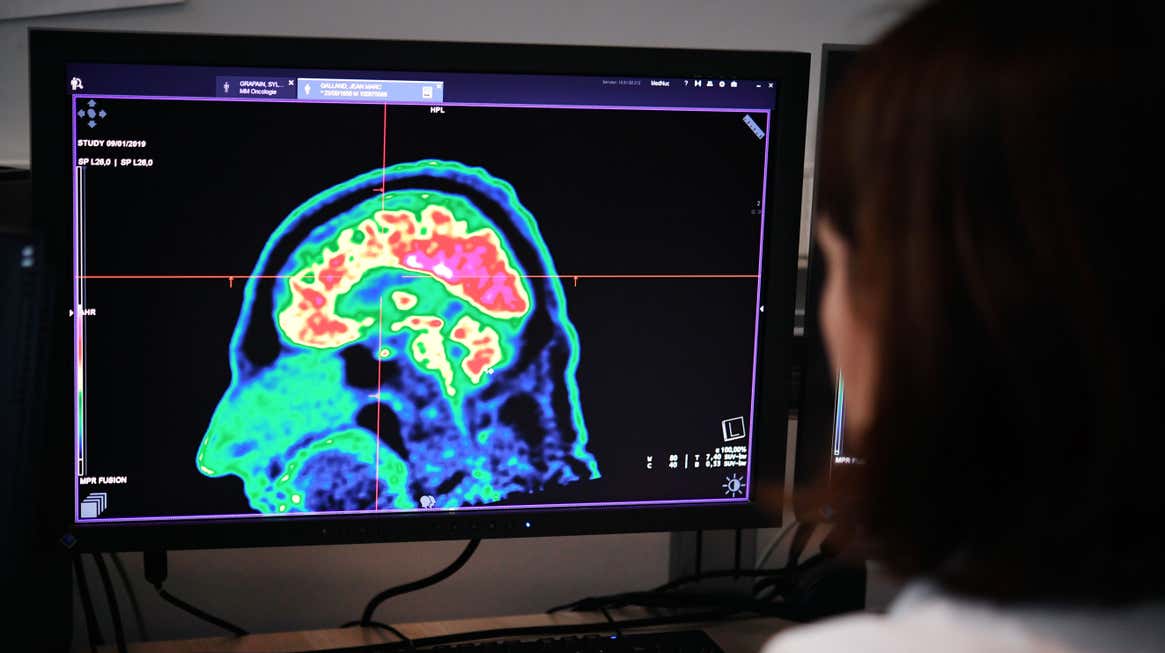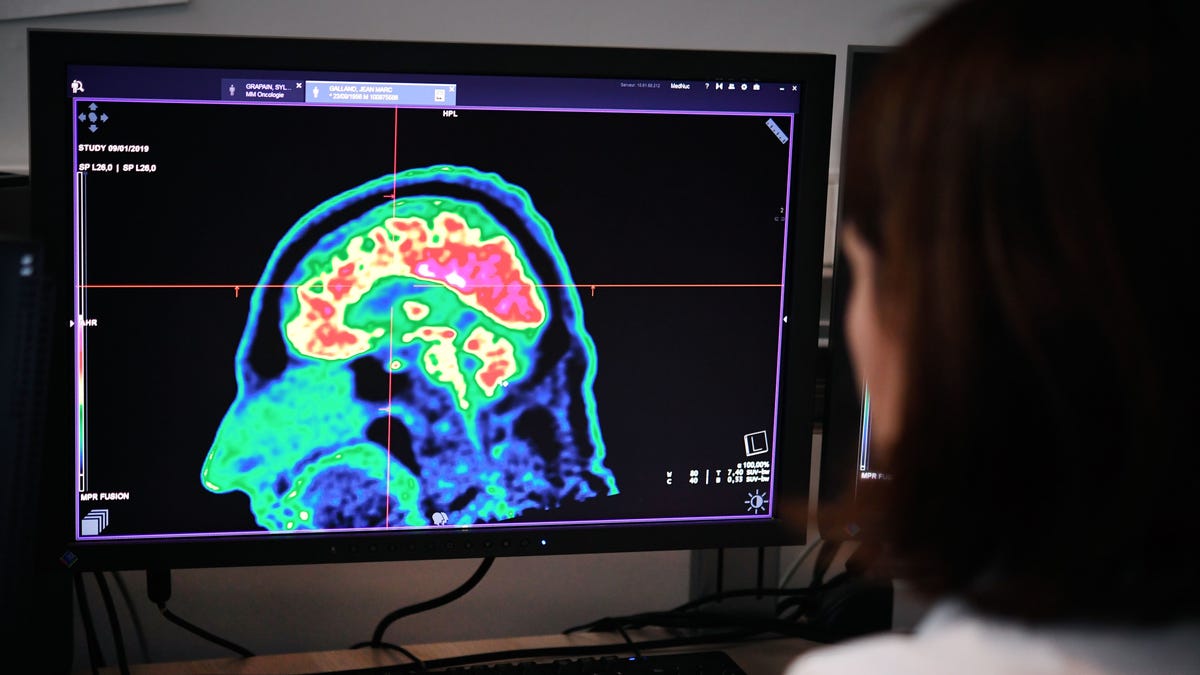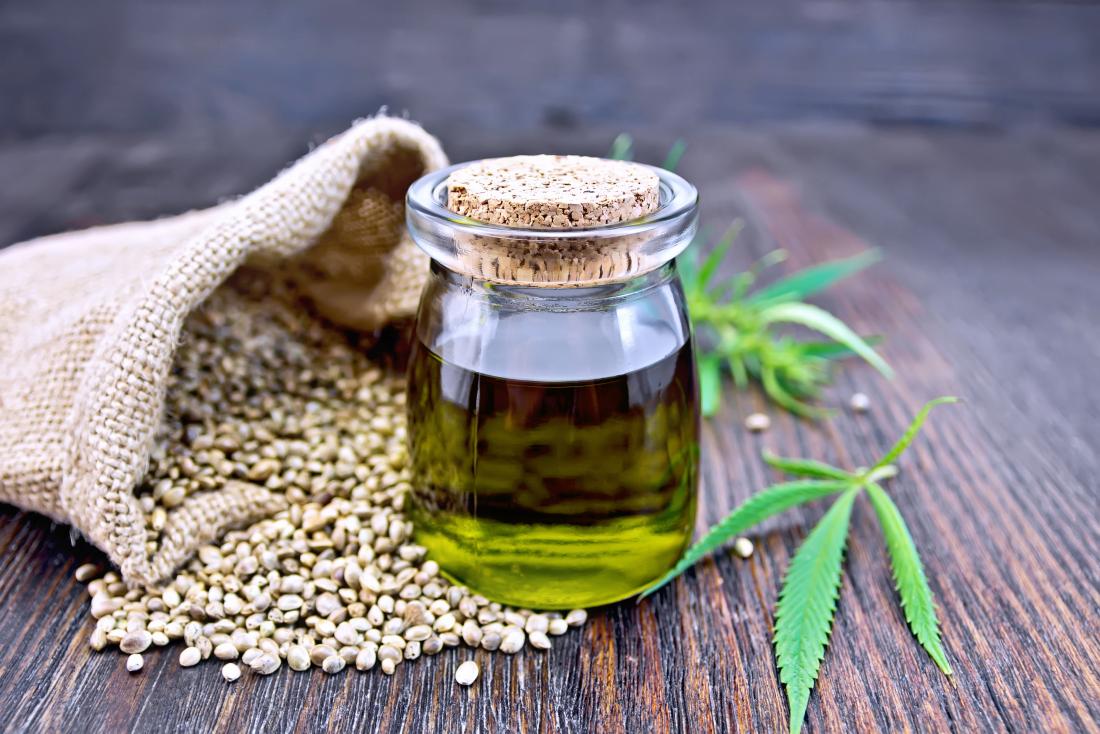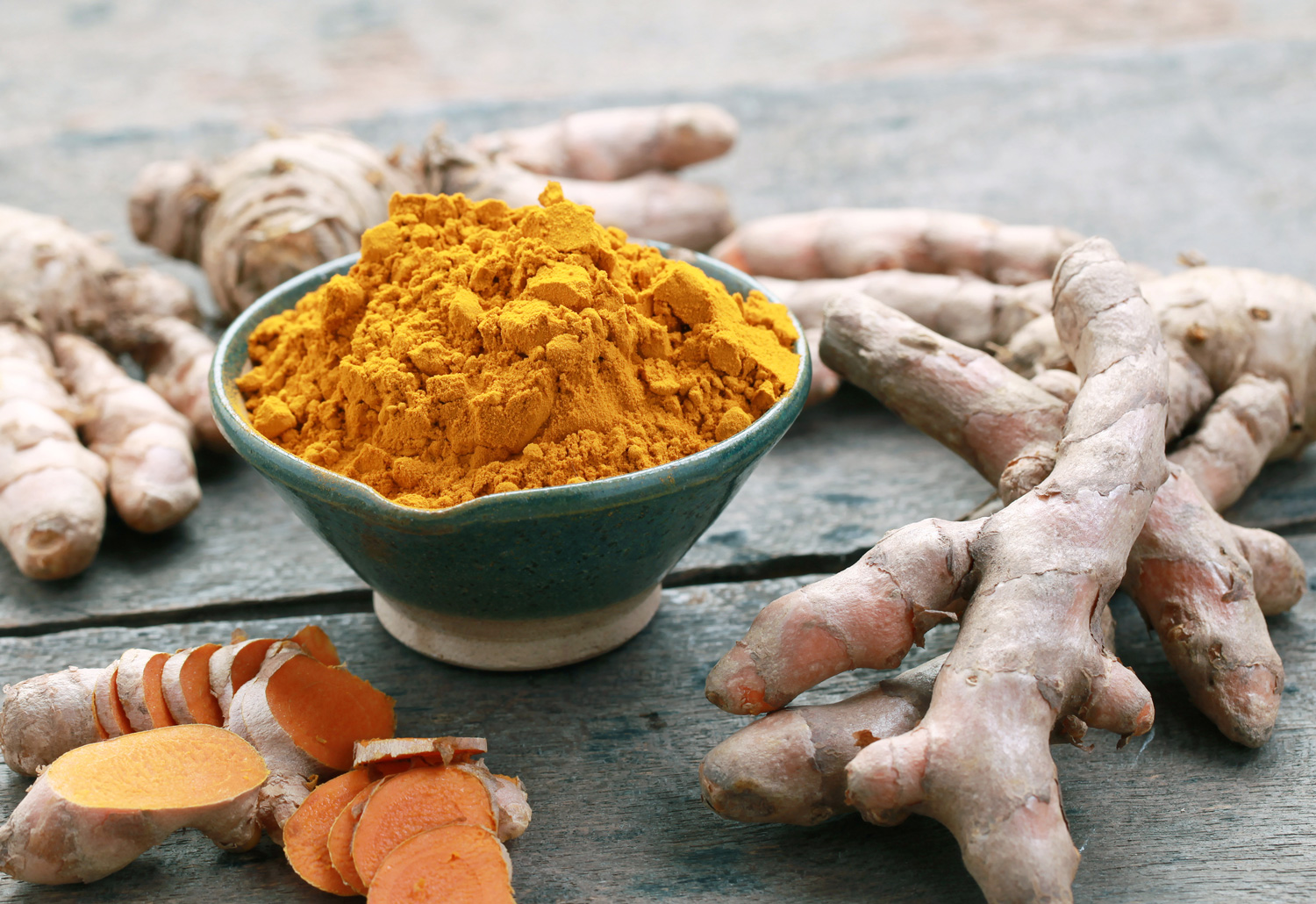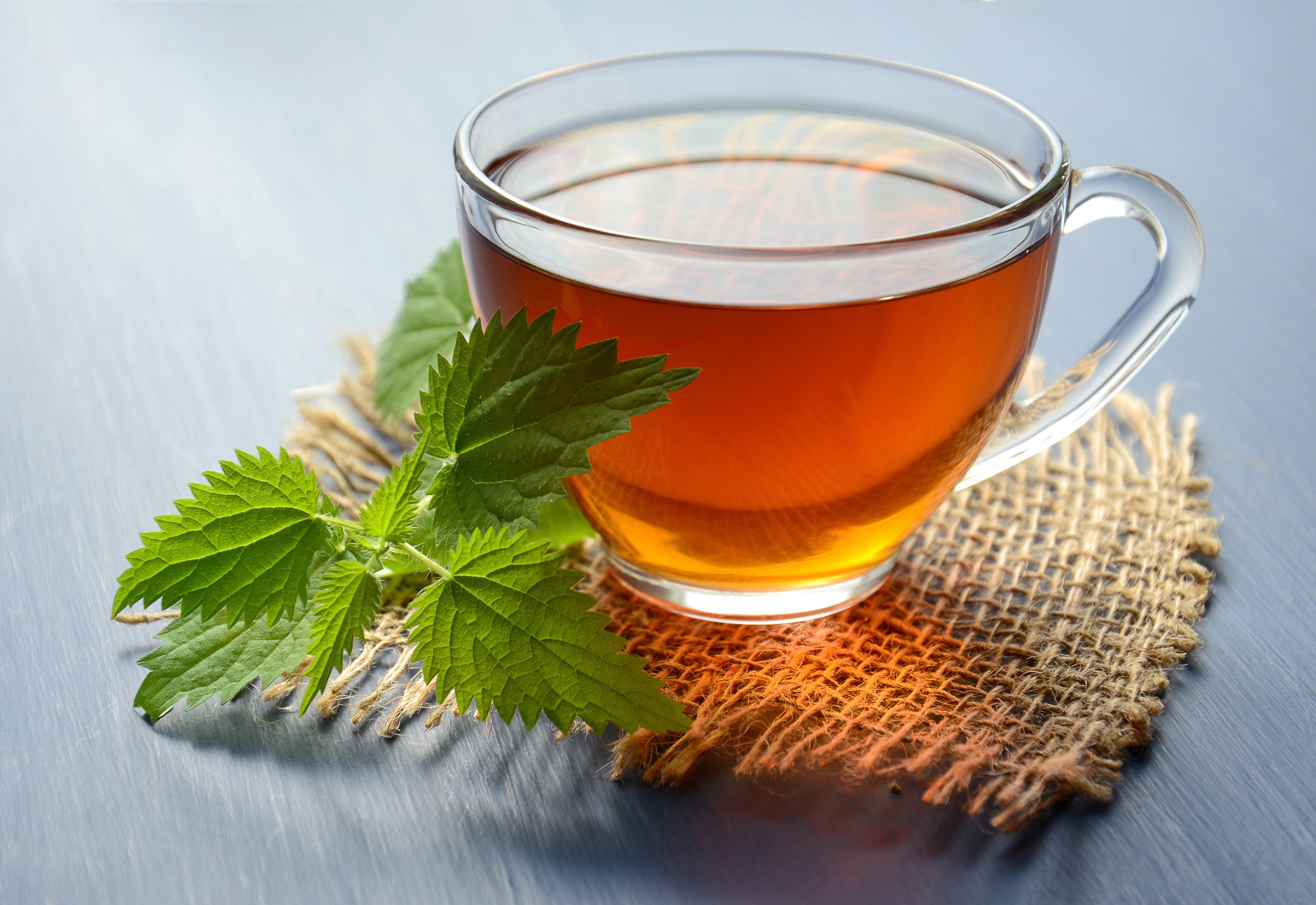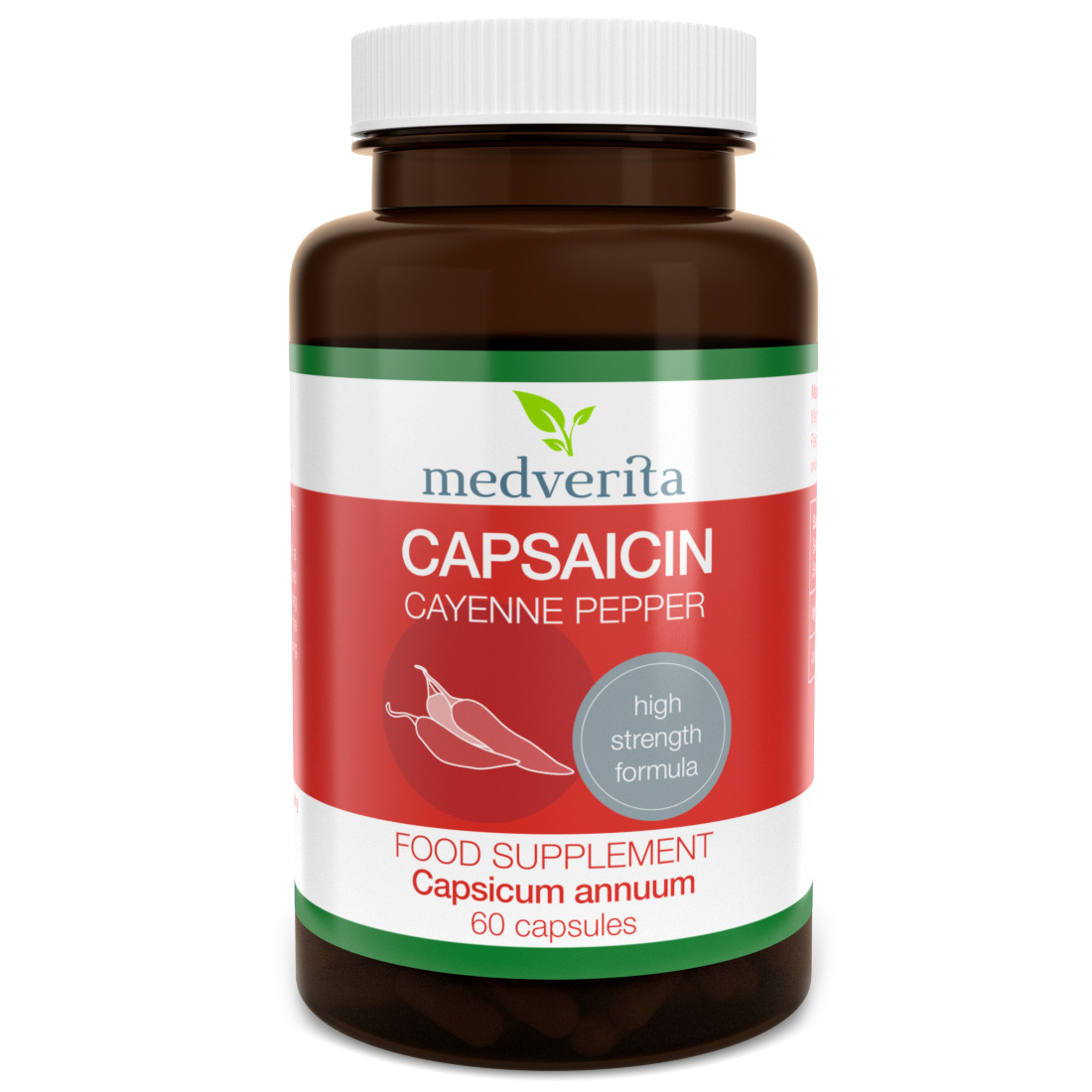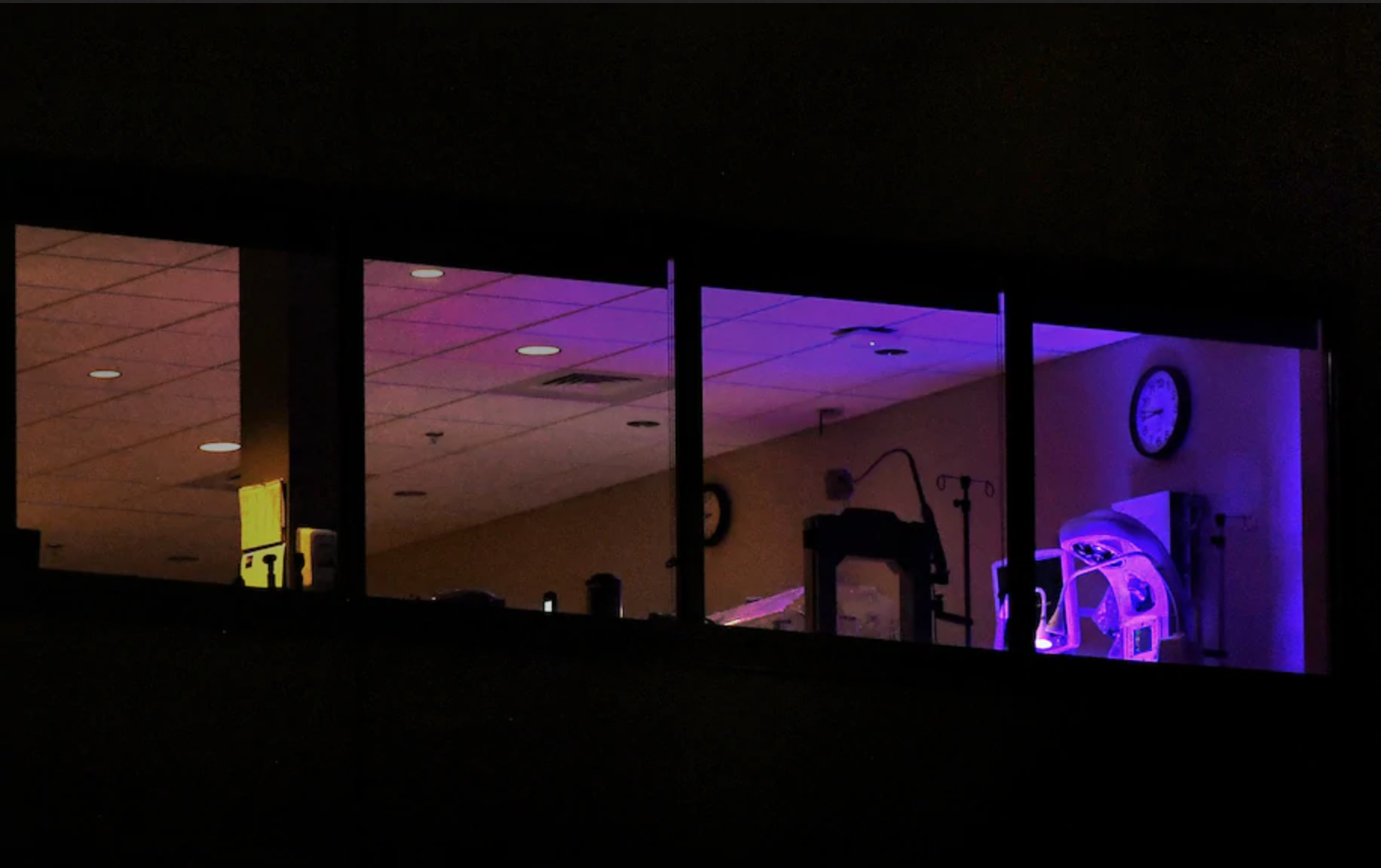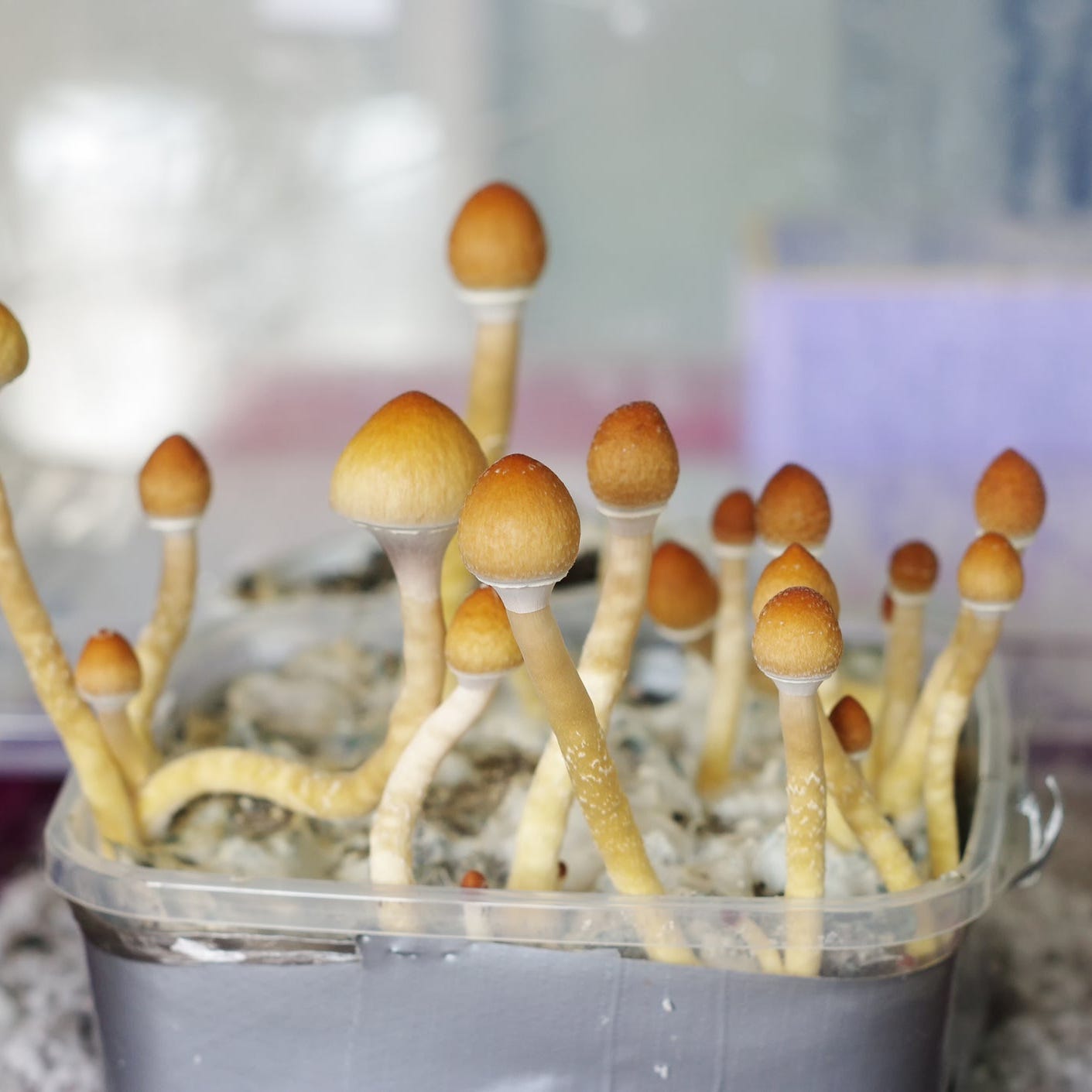mr peabody
Bluelight Crew
- Joined
- Aug 31, 2016
- Messages
- 5,714

Potential new drug candidate to “beet” inflammatory diseases
Genetic Engineering & Biotechnology News | 2 Nov 2020
Researchers discover beetroot peptide may serve as potential therapeutic candidate against inflammatory diseases and neurodegenerative diseases.
Beetroot is a vegetable packed with essential vitamins, fiber, and has been linked to many health benefits such as increased white blood cells, reduction of blood pressure and inflammation, and more. Now, researchers at MedUni Vienna’s Institute of Pharmacology isolated a peptide from beetroot that is able to inhibit an enzyme that is responsible for the breakdown of messenger molecules in the body. Their findings suggest the beetroot peptide may be a potential drug candidate used to treat inflammatory diseases.
The recent study titled, “Discovery of a Beetroot Protease Inhibitor to Identify and Classify Plant-Derived Cystine Knot Peptides,” is published in the Journal of Natural Products and led by Christian Gruber, PhD, associate professor and pharmacologist at MedUni Vienna.
“By analyzing thousands of genomic data, our team was able to define a number of new cysteine-rich peptides and assign them phylogenetically in the plant kingdom. In this process, our attention was drawn to a possible function as so-called ‘protease inhibitors.’ The beetroot peptide can therefore inhibit enzymes that digest proteins,” explained Gruber.
The beetroot peptide has been found to inhibit prolyl oligopeptidase (POP), a proline-specific serine protease that cleaves several neuroactive peptides. This peptidase has been implicated in neurodegeneration, as well as in the modulation of the inflammatory response.
POP participates in several aspects of the central nervous system (CNS), including learning, memory, and mood. Currently, several POP inhibitors have already been evaluated in preclinical trials as potential drugs for the treatment of natural memory deficits that occur with aging or the pathological memory loss characteristic of Alzheimer’s disease.
“…in future studies, this group of plant peptides called ‘knottins,’ such as those found in beetroot, could potentially provide a drug candidate for treating these diseases,” Gruber noted.
By combining genome mining with sequence analysis, the researchers discovered a novel trypsin inhibitor peptide, bevuTI-I, from beetroot. BevuTI-I not only inhibits the prototypic serine protease trypsin but is the first reported POP inhibitor from this family of peptides.
The knottin peptide family, which comprises at least 243 unique sequences may be the starting point to isolate and characterize further POP inhibitors.
“Although beetroot counts as a very healthy vegetable, it would be unreasonable to hope that dementia could be prevented by regular consumption of beetroot,” stressed Gruber. “The peptide only occurs in very small quantities and it is not clear whether it can as such be absorbed via the gastrointestinal tract.”
“We are searching through large databases containing genetic information of plants and animals, decoding new types of peptide molecules and studying their structure, aiming to test them pharmacologically on enzymes or cellular receptors (such as one of the prominent drug target classes, the so-called G protein-coupled receptors) and finally analyzing them in the disease models,” explained Gruber.
Their study highlights the great potential of plant protease inhibitors and other related plant species as a valuable source for peptide-based drug discovery for targets involved in diseases such as neurodegenerative disorders and immune system related diseases.

Potential New Drug Candidate to "Beet" Inflammatory Diseases
Researchers discover beetroot peptide may serve as a potential therapeutic candidate against inflammatory diseases.
Last edited:



